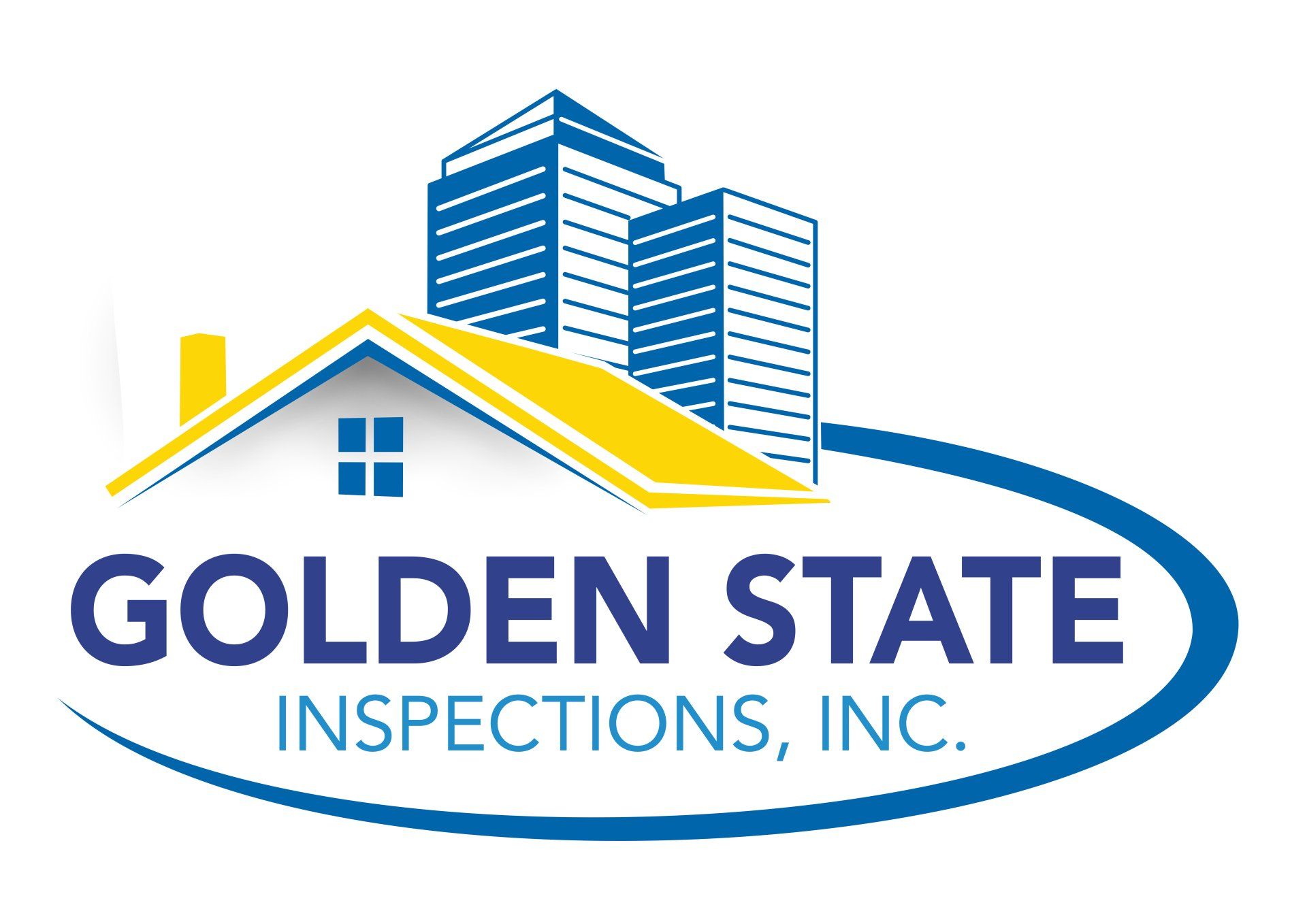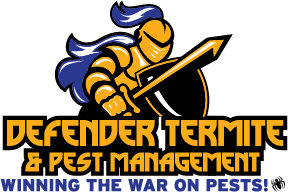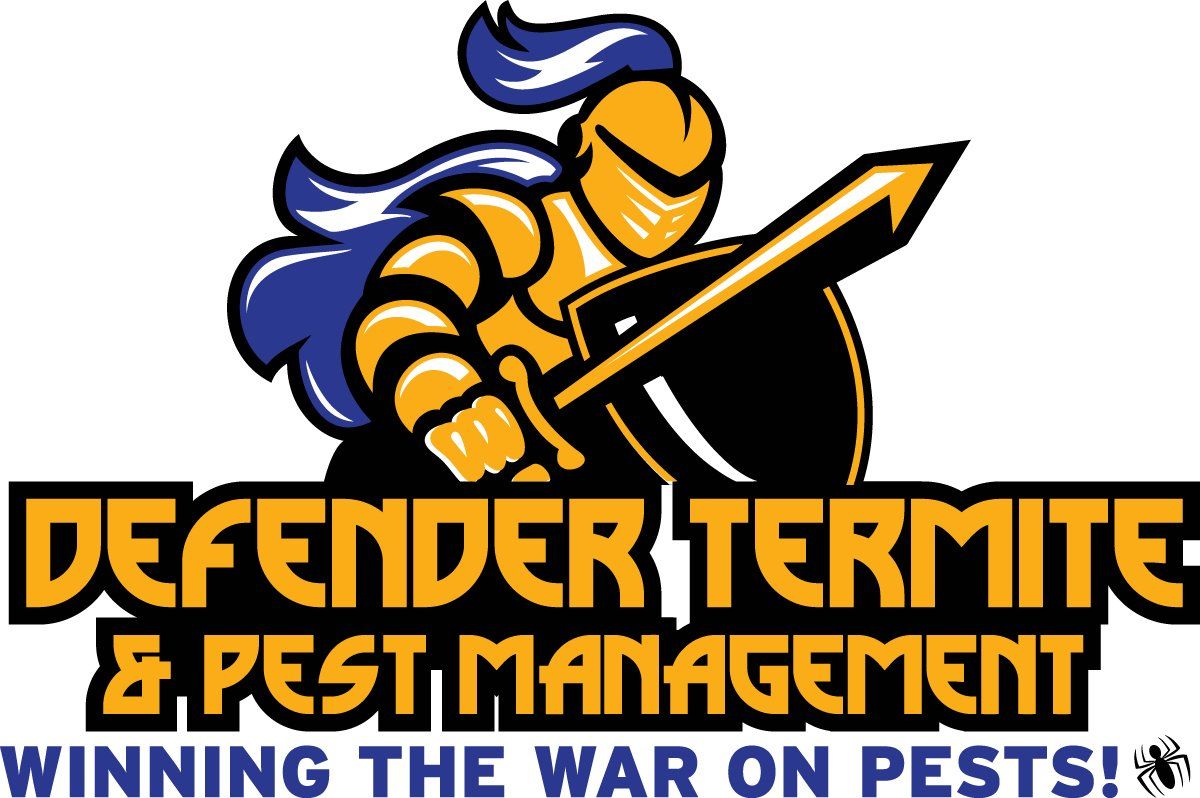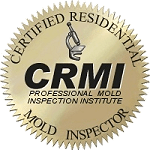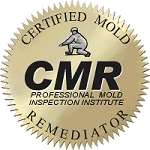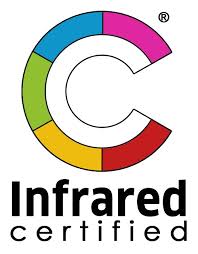Mold Remediation
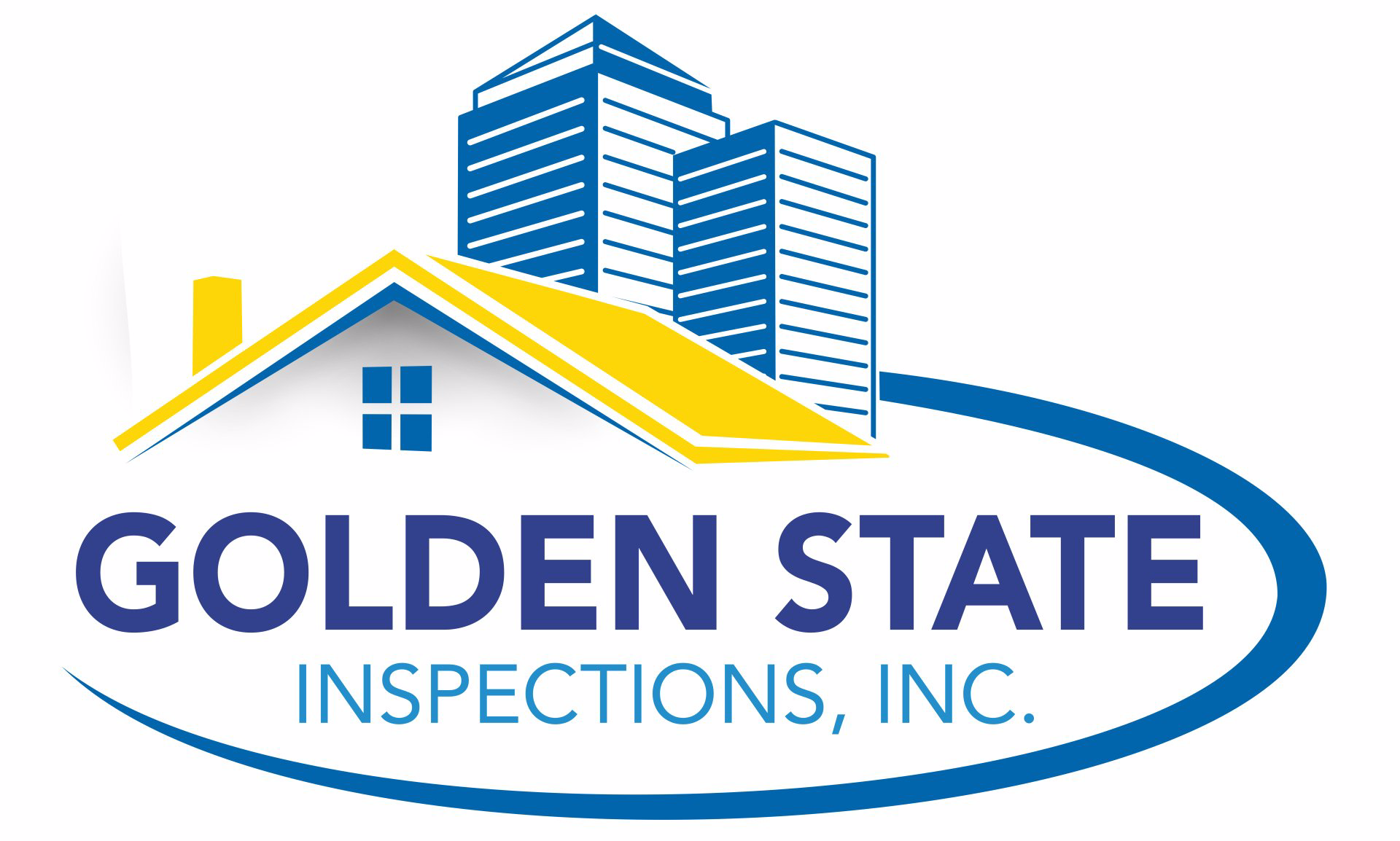
Mold Remediation in Sacramento
Molds are simple, microscopic organisms that can grow virtually anywhere, both in homes and outdoors. Along with mildew, yeasts, and mushrooms, molds are classified as fungi. Molds typically consist of a network of threadlike filaments that infiltrate the surface on which the mold is growing. Molds reproduce by releasing spores, which are lightweight and small enough to travel through the air. Spores can resist dry, adverse environmental conditions, allowing them to outlive the mold that produced them.
Mold growth often appears as a gray, green, black, brown, or other discoloration on a surface. Eventually, mold growth results in the breakdown of the substrate. More than 1,000 types of molds have been found in American homes.
Sources of Mold
Molds play an important ecological role in breaking down dead organic matter and returning nutrients to the environment. They require moisture and food to grow, and they typically thrive in warm, moist environments. Moisture is the key factor determining mold growth in the home, influencing both the types of mold present and the extent of mold colonization. A variety of materials found in the home, including wood, insulation, wallpaper, glues used to affix carpet, backing paper on drywall, dust, and dirt, can serve as a food source for mold. Mold colonies can go dormant under adverse conditions and revive when favorable conditions return.
Before the Company Arrives
Several days before the company comes, move as much furniture and personal belongings unaffected by the mold as possible. The remediation area should be clear for the company to work.
A few hours before the company is due to arrive, sequester house pets in a separate room or put the dog in the backyard, move cars from the driveway or garage, and generally clear a wide access area from the outside all the way to the mold area.
Company Prepares
The mold remediation company will park a truck as near as possible to the entry, lay down plastic sheeting, and bring necessary equipment through the house to the mold area and isolate the area they will be working in from the rest of the home.
If the mold area is accessible from the outside, such as a crawlspace, this allows the company access without going through your house. Most mold remediation companies will take care to keep your house clean while they do the work. At the very least, they will clean up at the end of each workday.
Suiting-Up Process
As with any other potentially hazardous process, such as the removal of lead-based paint or asbestos, mold remediation workers fully suit up for action: head-to-toe white suits, booties, respirators, and goggles.
This does not necessarily mean that the mold remediation company will be removing toxic mold. Many types of mold found in the home are not hazardous. Instead, this is the standard operating procedure for remediating mold: assume that it is toxic even if it is not.
Removal of Items
Items that can be removed are disposed of at this time. Usually, porous items damaged by the mold must be removed, not cleaned. These include items like drywall, plaster, carpeting, fabric-covered furniture, and clothing.
Bagging of Items
Items removed from the remediation area are tightly bagged into air-tight, thick plastic bags. The bags are wiped down to remove any mold. Depending on local laws and regulations, the moldy materials may be able to be disposed of in the regular landfill.
Spray Down
The first step of this two-step process is to spray the mold area with a biocide. Biocide is an EPA-approved liquid that kills mold. Note that bleach is not approved by the EPA for killing mold. Typically, this first step should take less time than the second step.
Wait Period
After the workers leave, the biocide goes to work, killing the mold spores. The wait period depends on how long it takes for the biocide to kill the mold and to dry. Because paint or whitewash is used for encapsulation, the surface must be dry before application.
Encapsulation
The workers will spray the area with a type of paint or whitewash that covers, or encapsulates, the remaining mold spores. The mold remediation company should spray well beyond the moldy area to ensure that no more mold grows.
For example, if only a limited area of an attic exhibits mold, the company will probably still spray down the entire attic. This is more desirable, and you should confirm with the company that they will do this.
Check For Success
Mold remediation is usually deemed to be successful if no visible mold remains and if no smell of mold is present. Active mold left under encapsulated areas can grow again, so it is important to kill all mold before painting or whitewashing.
Address Cause of Mold
As soon as the surfaces have dried, it's safe for the occupants to move back into the area. The cause of the mold should be addressed after the remediation process has been completed: leakage through the roof; humidity from the bathroom or kitchen; leaking pipes, gutters or drainpipes.
QUALITY INSPECTION SERVICES
BUYER INSPECTION
BUYER INSPECTION
COMMERCIAL INSPECTION
COMMERCIAL INSPECTION
MOLD INSPECTION
MOLD INSPECTION
SELLER INSPECTION
SELLER INSPECTION
WDO PEST INSPECTION
PEST INSPECTION
MOISTURE INSPECTION
MOISTURE INSPECTION
MULTI-FAMILY INSPECTION
MULTI-FAMILY INSPECTION
SEWER LINE INSPECTION
SEWER INSPECTION
INFRARED INSPECTION
INFRARED INSPECTION
MOLD
REMEDIATION

CONTACT US
Phone: 800.441.0804 (toll free)Local: 916.836.8337Fax: 877.919.6868
ADDRESS
LICENSE
ACCEPTED PAYMENTS
INSPECTION SERVICE AREA:
RESIDENTIAL / COMMERCIAL
Benicia, Davis, Elk Grove, El Dorado Hills, Fairfield, Folsom, Marysville, Manteca, Napa, Placerville, Roseville, Sacramento, Stockton, South Lake Tahoe, Tracy, Vacaville, Vallejo, Woodland, Yuba City
COMMERCIAL ONLY
San Jose, Santa Clara, Fremont, Sunnyvale, Oakland, Berkeley, San Francisco, Santa Rosa, Milpitas
NEED PEST CONTROL?

CONTACT US
CALL US
ADDRESS
9921 Horn Rd. Ste. B
Sacramento, CA, 95827
LICENSE
INSPECTION SERVICE AREA:
RESIDENTIAL / COMMERCIAL
Benicia, Davis, Elk Grove, El Dorado Hills, Fairfield, Folsom, Marysville, Manteca, Napa, Placerville, Roseville, Sacramento, Stockton, South Lake Tahoe, Tracy, Vacaville, Vallejo, Woodland, Yuba City
COMMERCIAL ONLY
San Jose, Santa Clara, Fremont, Sunnyvale, Oakland, Berkeley, San Francisco, Santa Rosa, Milpitas
